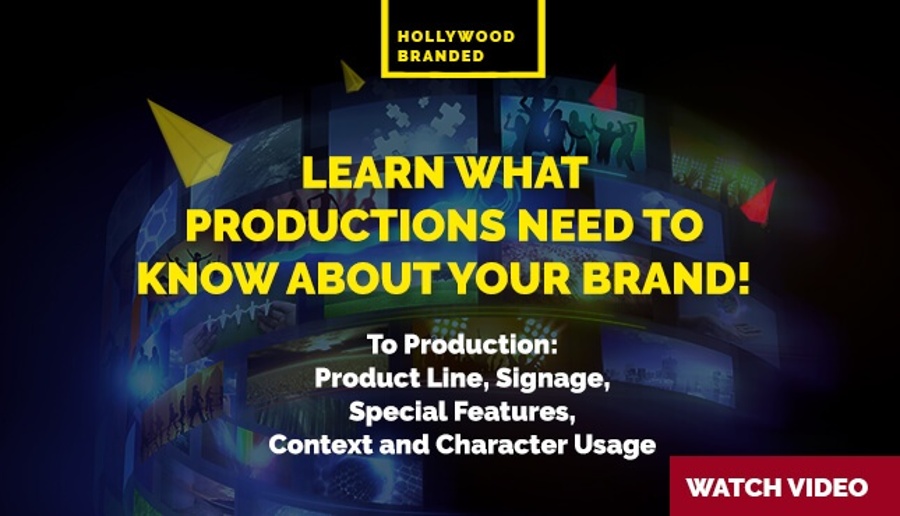Why Was 2000s Reality TV So Unhinged?
Table Of Contents
Literally What WAS Going On
The 2000s were a lawless era in television - a golden age of unscripted chaos where anything could happen, and often did. Reality TV didn’t just push boundaries during this time - it barreled through them, leaving behind a trail of iconic catchphrases, cultural shifts, and "Did-that-just-happen?" moments. From Flavor of Love and The Swan to Pimp My Ride and My Super Sweet 16, the genre’s defining feature wasn’t authenticity - it was absurdity.
But why was it so unhinged? And why did we all love it so much? In this article, Hollywood Branded takes a deeper look into the chaotic mess of 2000s reality TV.
*
Reality TV Was Still New - & Largely Unregulated
At the start of the 2000s, reality TV was still in its experimental phase. While there had been earlier examples - like MTV’s The Real World or Cops - it wasn’t until the surprise breakout of Survivor (2000) and Big Brother (2000) that networks realized reality shows could dominate ratings and cost far less than scripted series. The low production costs, combined with high audience curiosity, opened the floodgates for an onslaught of unfiltered, risk-taking TV concepts.
 Photo Credit: Screen Rant
Photo Credit: Screen Rant
Because the genre was still finding its identity, there were very few industry norms or content guidelines in place. Producers could get away with things that would never pass today’s ethical or legal standards - like putting minors in unsupervised environments (Kid Nation), deceiving contestants about the premise of the show (Joe Millionaire, The Littlest Groom), or broadcasting intense emotional breakdowns for entertainment. There was no roadmap - just trial, error, and the promise of ratings gold.
Shock Value Was The Strategy
The early 2000s were a time when being shocking was the main selling point. Shows didn’t just court drama - they built it into their DNA. Whether it was humiliating contestants with extreme makeovers (The Swan), filming the absurd excess of spoiled teens (My Super Sweet 16), or letting celebrities “search for love” in totally bonkers ways (Flavor of Love, I Love New York), the formula was clear: make it outrageous, make it loud, make it impossible to ignore.
Photo Credit: TIME
Producers deliberately cast people with clashing personalities, stoked conflict behind the scenes, and edited scenes for maximum dysfunction. Fights, tears, betrayals, backstabbing - it was all served up as entertainment. And with no social media backlash or real-time accountability, these shows operated in a bubble where the more chaotic it got, the more successful it became. It was messy, but it was magnetic.
Reality Stars Were Cast Like Cartoon Characters
A huge part of the 2000s reality TV magic came from the characters. These weren’t actors - but they absolutely played roles. Think Tiffany “New York” Pollard on Flavor of Love (see below for an array of iconic meme-worthy moments), Omarosa on The Apprentice, or Nicole Richie and Paris Hilton on The Simple Life. These women (and plenty of men too) gave us iconic one-liners, over-the-top expressions, and meme-worthy meltdowns - all before memes were even really a thing.
GIF Credit: Reddit

GIF Credit: Tumblr

GIF Credit: Reddit

Photo Credit: Pinterest

Photo Credit: Tenor
Casting wasn’t about relatability - it was about extremes. Who could yell the loudest? Cry the hardest? Say the most outrageous thing in a confessional? Reality TV stars were often rewarded for bad behavior, getting spin-offs, book deals, and tabloid fame. In many cases, the lines between performance and personality blurred - and that only made things juicier for audiences. We weren’t just watching stories unfold - we were watching cultural archetypes clash in real time.
 Photo Credit: Pinterest
Photo Credit: Pinterest
Different Culture, Different Ethics
It’s impossible to talk about 2000s reality TV without acknowledging how deeply problematic a lot of it was - and how little pushback it received at the time. Shows thrived on fatphobia, racism (see below for a moment from America's Next Top Model where contestants were tasked with switching races??), classism, sexism, and ableism. Many contestants were humiliated on camera, manipulated into conflict, or edited to appear more “crazy” or “toxic” for entertainment purposes. And unlike today, there was little discourse around mental health, consent, or representation.
Photo Credit: Entertainment Weekly
Why? Because culturally, we were in a very different place. This was pre–#MeToo, pre–social justice TikTok, pre–cancel culture. Audiences didn’t yet have the platforms - or the language - to challenge what they were watching. The industry operated with minimal oversight, and many contestants didn’t fully grasp what they were signing up for. Looking back, it’s clear that a lot of this content wouldn’t - and shouldn’t - fly today. But at the time, it was simply considered outrageous fun.
The Chaos That Made IT Unforgettable
2000s reality TV was chaotic because it could be. It existed at a unique crossroads: low costs, high ratings, no rules, and a culture that craved drama over sensitivity. It was a genre built on extremes - from wild casting to bizarre concepts to ethics-light production - and the result was some of the most unforgettable (and often deeply cringeworthy) television of all time.

GIF Credit: Lipstick Alley
And yet, for all its messiness, it changed the entertainment landscape forever. It gave us iconic moments, launched careers, and laid the groundwork for how we consume reality content today. Love it or hate it, the 2000s reality era was pure, unfiltered chaos - and honestly, pop culture kind of lived for it.
Eager To Learn More?
If this trip down reality TV memory lane has you craving more chaotic nostalgia, behind-the-scenes deep dives, and cultural throwbacks, you’re in the right place. Our blog library is packed with even more pop culture breakdowns, WTF media moments, and smart-but-fun takes on the trends that shaped us. From unhinged TV to iconic fashion eras and everything in between - consider it your binge-worthy scroll in blog form. Ready to go deeper down the rabbit hole?
- Most Popular Reality TV Shows By State
- Why “Bad” Publicity Can Be Good for Brands The Power of Controversial Marketing
- 5 Reasons Why Celebrity Controversy Doesn't Always Damage The Brand
- 6 Examples Of Influencer Marketing Gone Wrong
- When Celebrity Endorsements Go Wrong
Want to stay in the know with all things pop culture? Look no further than our Hot in Hollywood newsletter! Each week, we compile a list of the most talked-about moments in the entertainment industry, all for you to enjoy!







